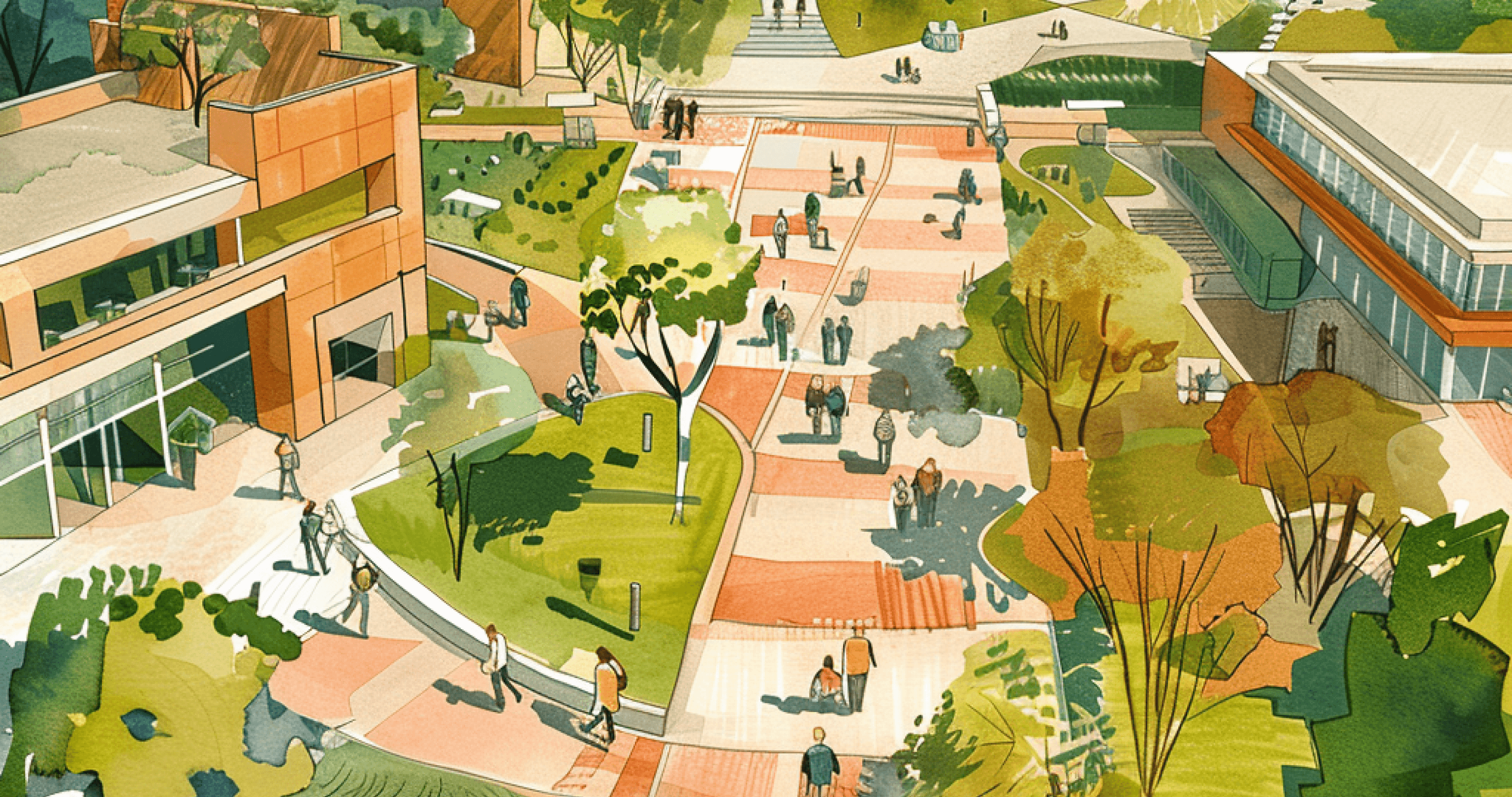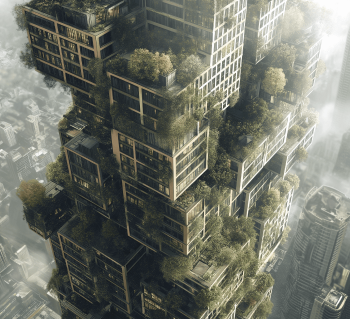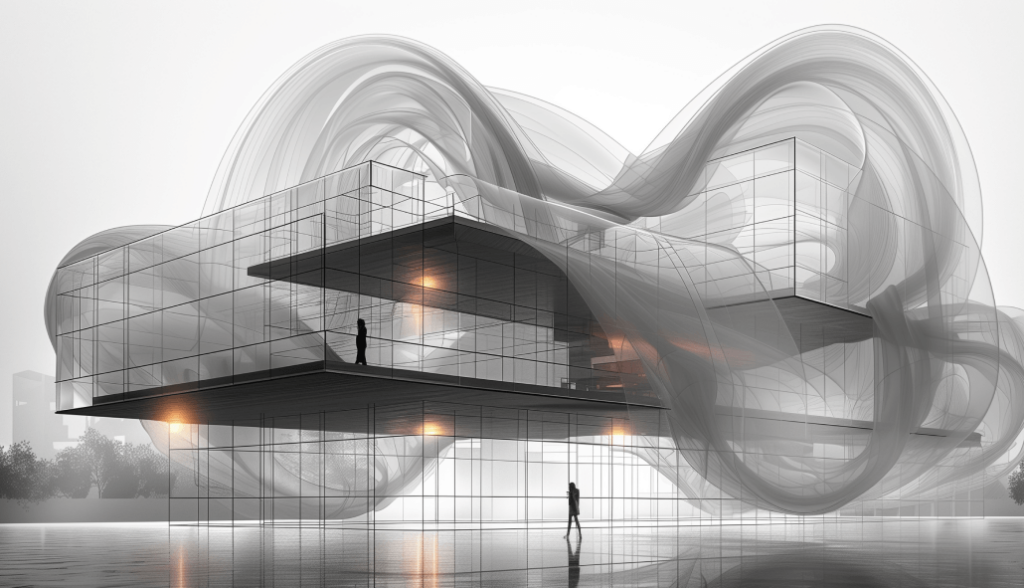Article
Spaces for higher learning-insights into campus planning
“When we are planning for posterity, we ought to remember that virtue is not hereditary.” -Thomas Paine
The design of an educational campus reflects the institute’s image, its culture and its future. In essence it portrays its pride and soul, what it stands for and the ideals it wishes to impart to successive generations. A campus should evolve around a good urban community where people live a common life for a noble end.
Thomas Jefferson once described an educational campus as an “Academic Village”. Since higher learning is an intensely personal enterprise, students should be encouraged to interact at group levels and be able to introspect, when so, the time demands. For most students the period spent in academic pursuit on campus forms not only an integral part of the process of maturing but is also marked by heightened creative abilities, powers of reasoning, ethical delineations and political inclinations. The architecture must support this transformation that students undergo from adolescence to adult hood.
As an architect, to be entrusted to conceive, design and build such a centre of learning would indeed be one of the most gratifying moments of his or her career. While the planning must be efficient, it is equally important to develop a common thread that weaves itself through the architecture, cognizant of social and environmental exigencies as well as prospects for future expansion. The built environs and the landscape design must complement each other in a cohesive response to the surroundings in which the building sits. The campus must be an emotion and an experience; a residue that is left over after one has meandered through it.
I believe, the real success of the design, however, lies in what Vitruvius wrote nearly two thousand years ago that architecture should provide “firmness, commodity and delight”. It is the last requirement that is often the dialectic, the hardest to define. As architects we endeavour to impart that ‘delight’ by the juxtaposition of the buildings, scale, proportion, the spaces and the use of materials. However, it is often hidden in the elements of surprise, the touches of the whimsy and the wit in the architectural abstractions. It is these details that create eternal imprints in a student’s memory and what they fondly in later life recall as part of their ‘student days’.
Another facet of campus design and which is very often the case, is the development of a Brownfield campus. This may involve the augmenting of the existing facilities, adding new structures, renovating the old ones and possible adaptive reuses for others. In this case an architect’s job is far more enduring.
He or she will also have to evaluate the prevailing context and create architecture that enhances the existing spaces. The use of the architectural vocabulary, whether to blend with the existing context or stand out with a more contemporary rhetoric would be the major decision.
While designing such a campus in Rajasthan, I realized that one of the most important criteria the architect must consider besides his or her vision are the sentiments of the users who have been associated with it for a large part of their lives and who are “wary” of any change. The challenge is first to convince them that the design proposed will not affect the everyday functioning of the campus and their nostalgic ‘connect’ with the campus shall remain.
The phasing of the project also plays a crucial role in the development of a logistical challenge for the architect. It is here that the architect must closely work with the faculty and project management team to develop the design and realistic timelines for it.
In conclusion, I feel that a successful campus is one that unfolds young minds by broadening their horizons and stimulating their senses. As the poet Schiller once said- “A really good poem is the soft click of a well made box when it is been closed.” A great campus ought to infuse the same kind of satisfaction.
Read More
- © 2024 SSA. All Rights Reserved.
- Terms of Use



